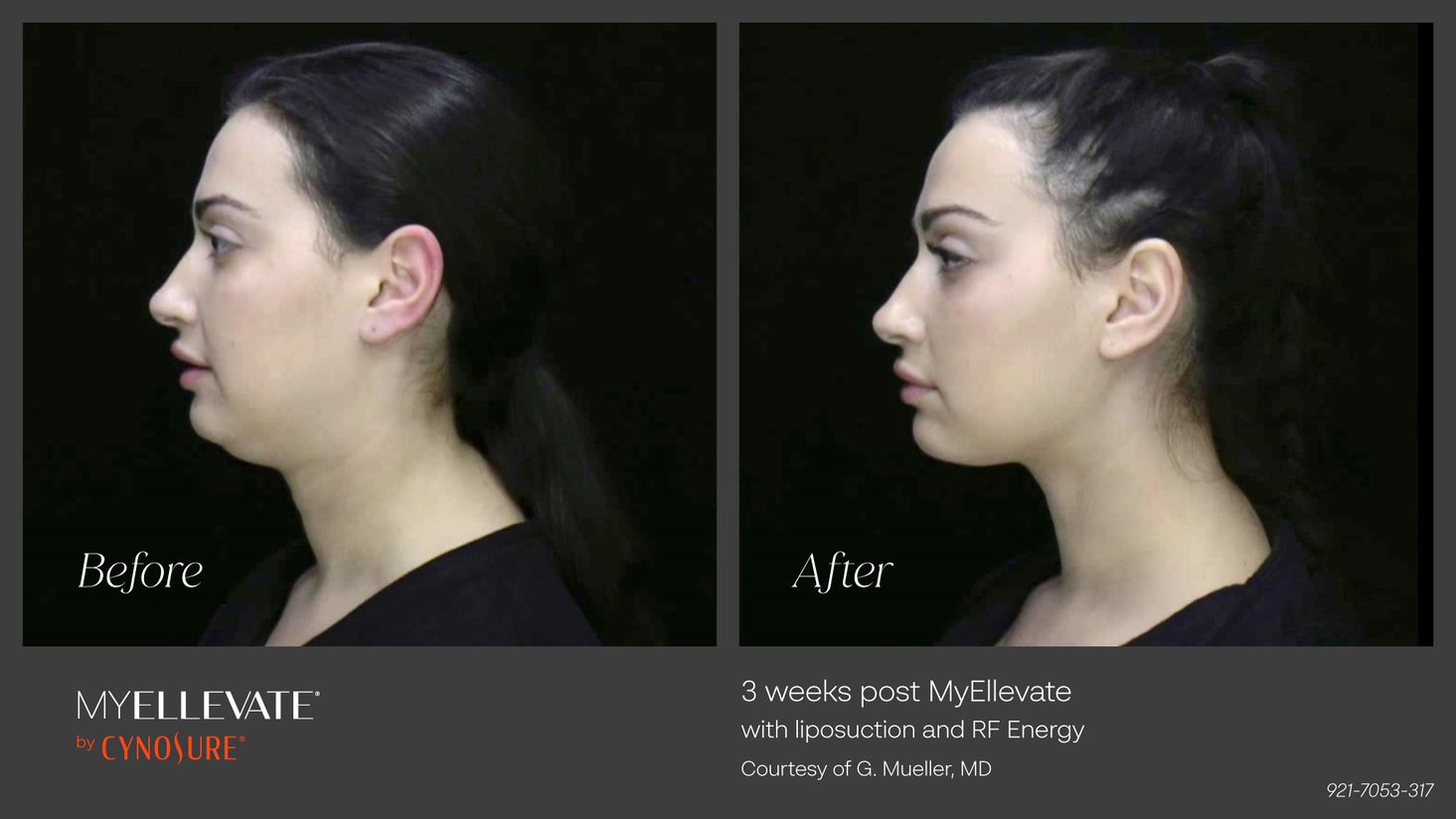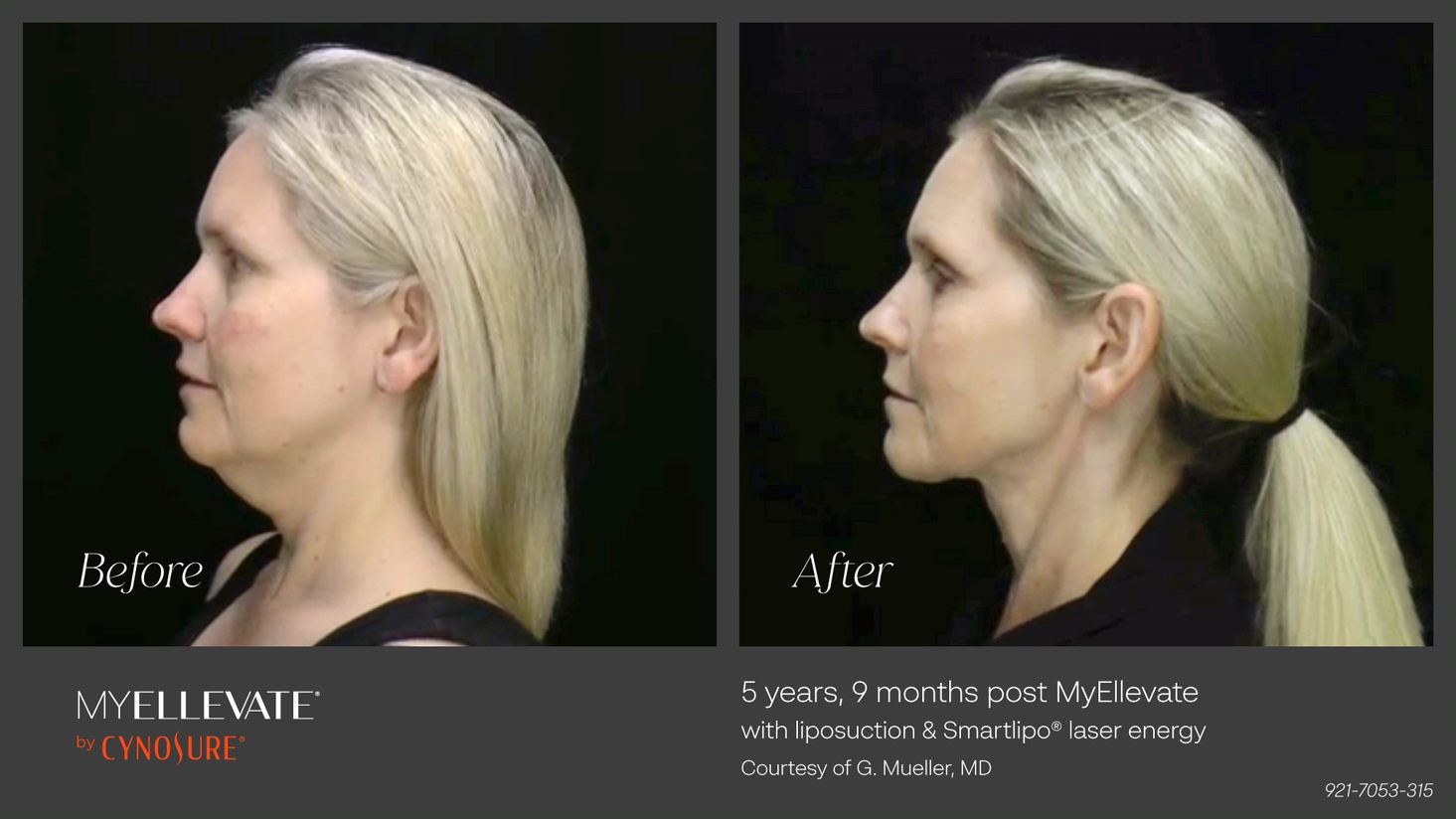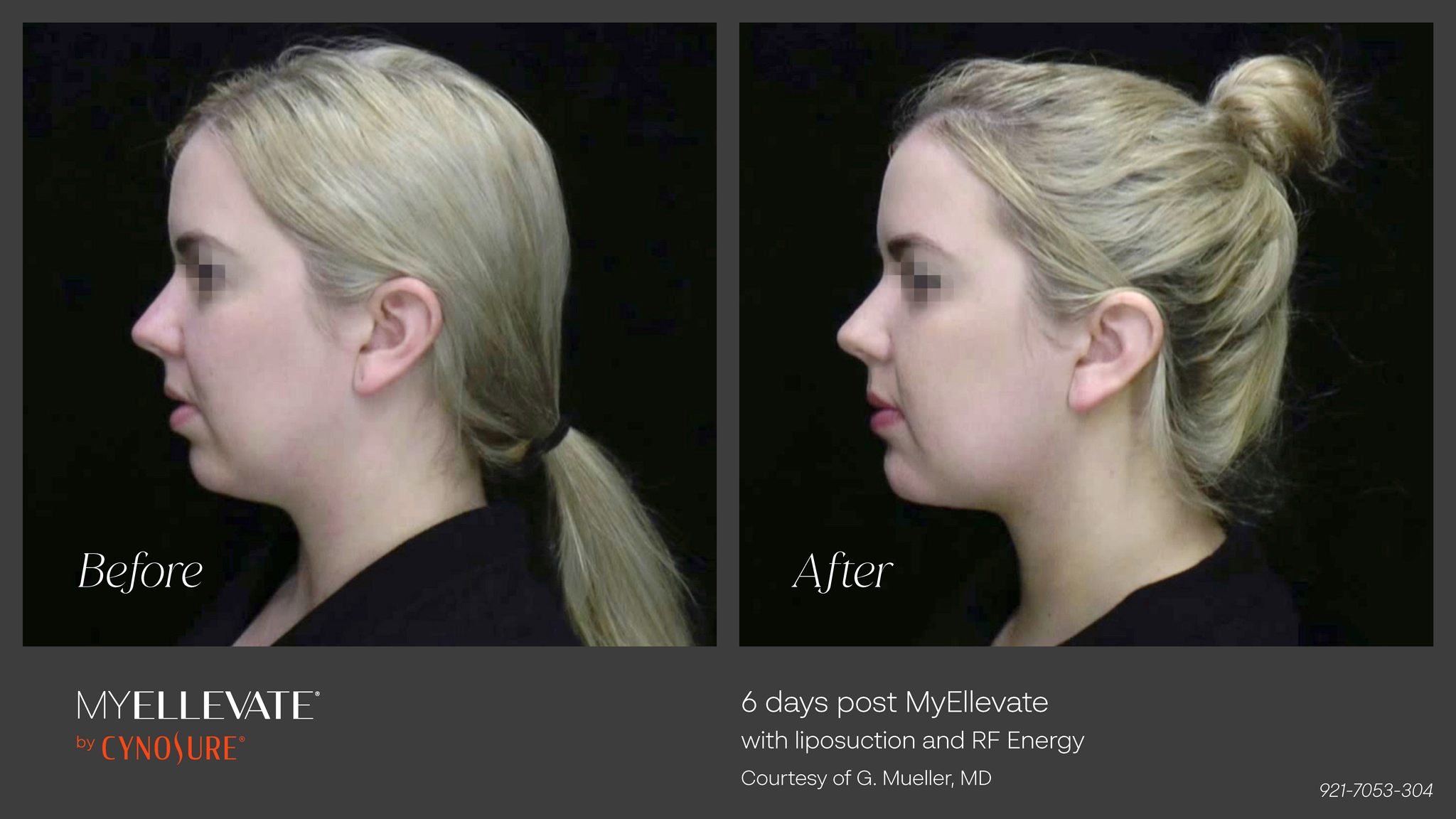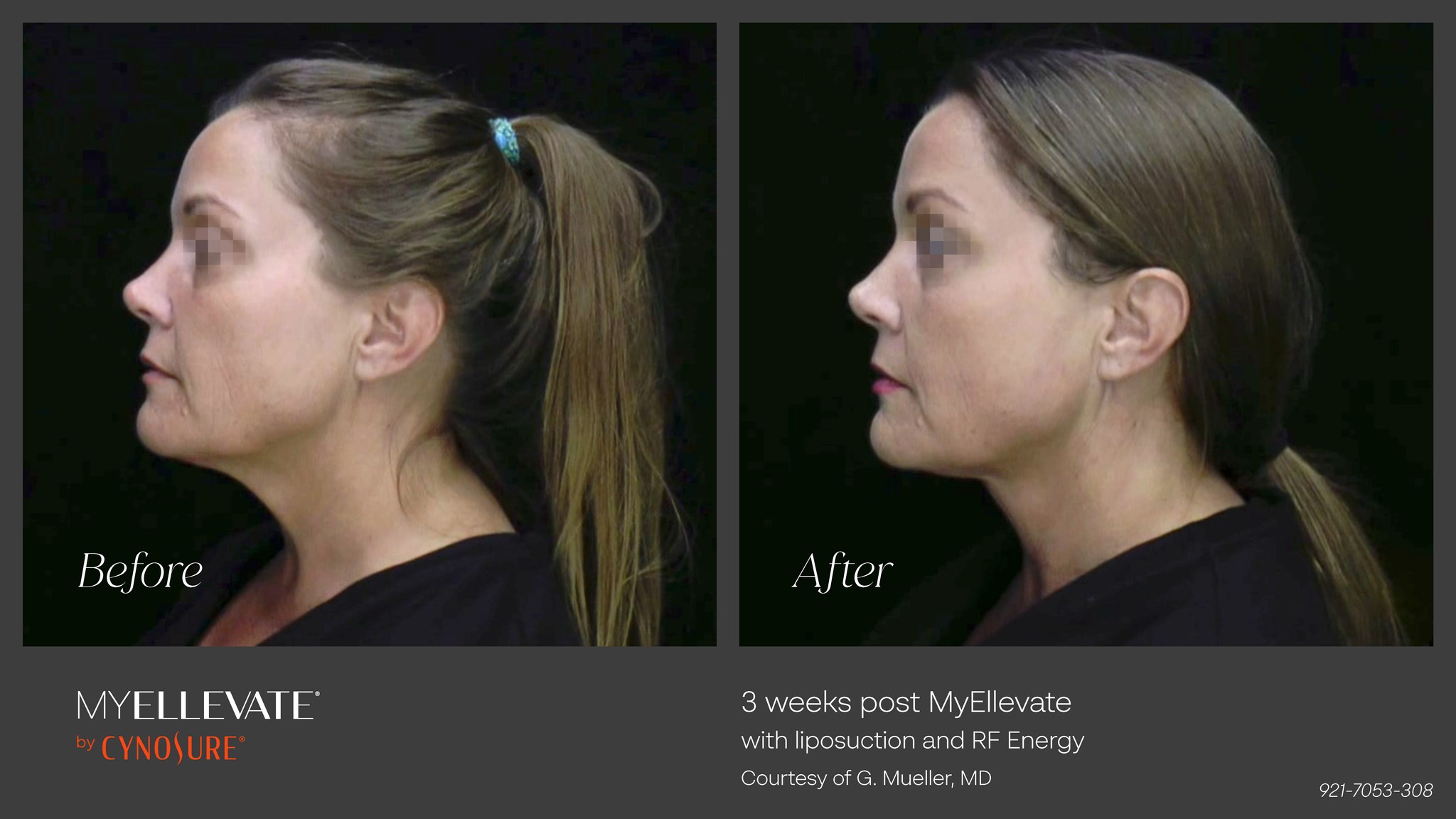What happens during Liposuction Surgery?
Your healthcare provider will administer anaesthesia prior to your liposuction procedure. Local (only in the surgical area) or general anaesthesia may be used (which puts you to sleep). Anesthesia prevents you from feeling pain during your procedure.
Your surgeon will make small incisions in your skin once the anaesthesia has taken effect. They'll insert a suction device connected to a small stainless steel instrument known as a cannula into the fatty areas between your skin and muscle. To break up or liquefy your fat, your surgeon will move the cannula around inside your body. The excess fat will then be removed with a suction pipe or large syringe. When your surgeon is finished with the procedure, they will close the incision site with either dissolvable or non-dissolvable stitches.
What happens after a Liposuction procedure?
After liposuction, your doctor will discuss:
- How to care for your surgical site
- Medications you may need
- Your follow-up appointments
- Complications to watch out for
While liposuction can remove fat and fat cells from specific areas of your body, it is important to remember that you can still gain weight after the procedure. Following your recovery, your provider will go over your results and how you can keep your new shape after surgery.
What are the risks or complications of a Liposuction procedure?
Every surgery comes with risks. Liposuction has a good safety record. When you choose a trained, board-certified plastic surgeon, your risks are minimised. Smaller areas of fat removal involve a shorter procedure with the fewest risks.
Although rare, liposuction risks include:
- Infection
- Bruising
- Scarring and Bleeding
- Contour deformities
- Swelling or poor wound healing
- Skin discoloration or changes in skin sensation
- Pain or discomfort until your surgical site heals





